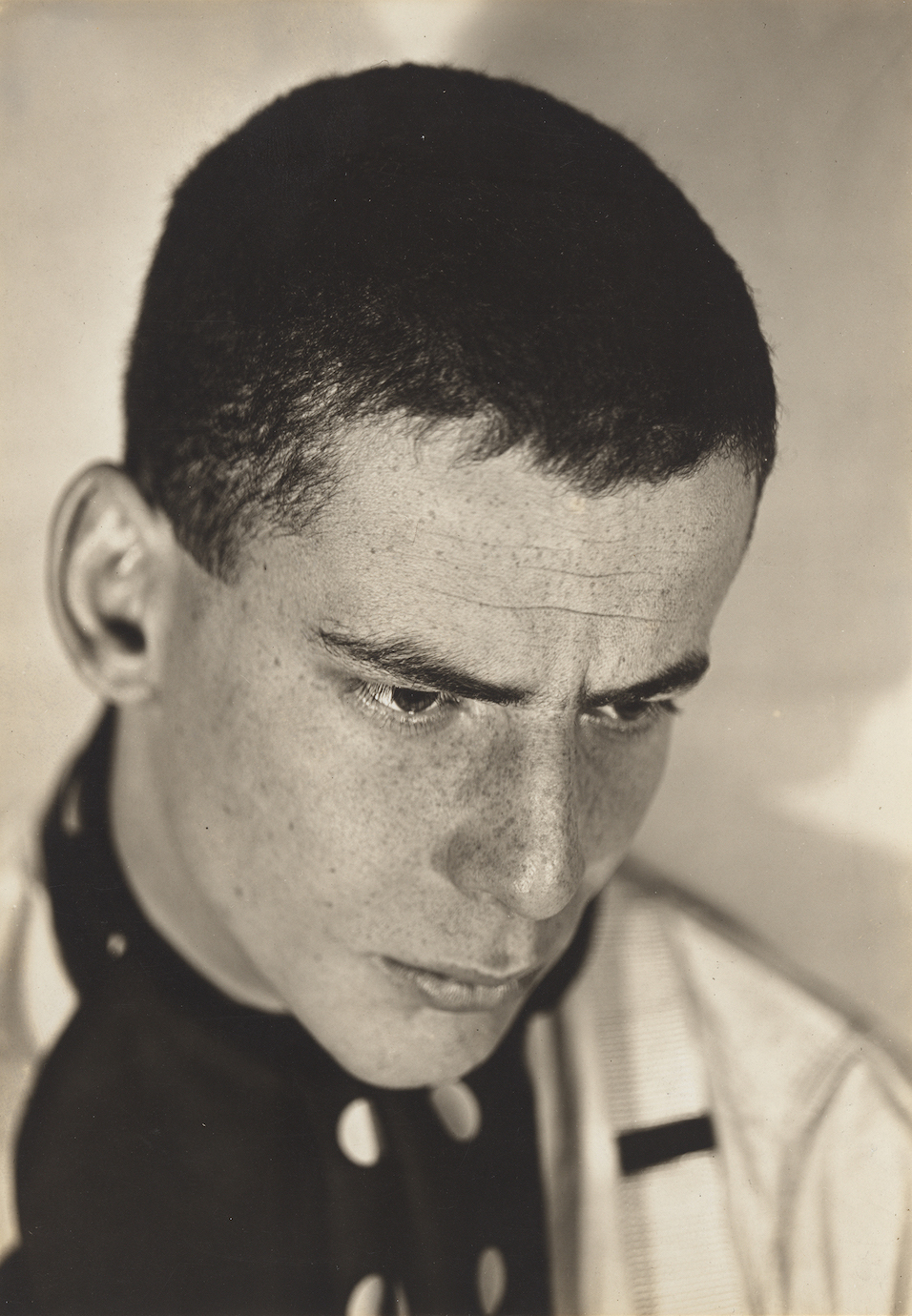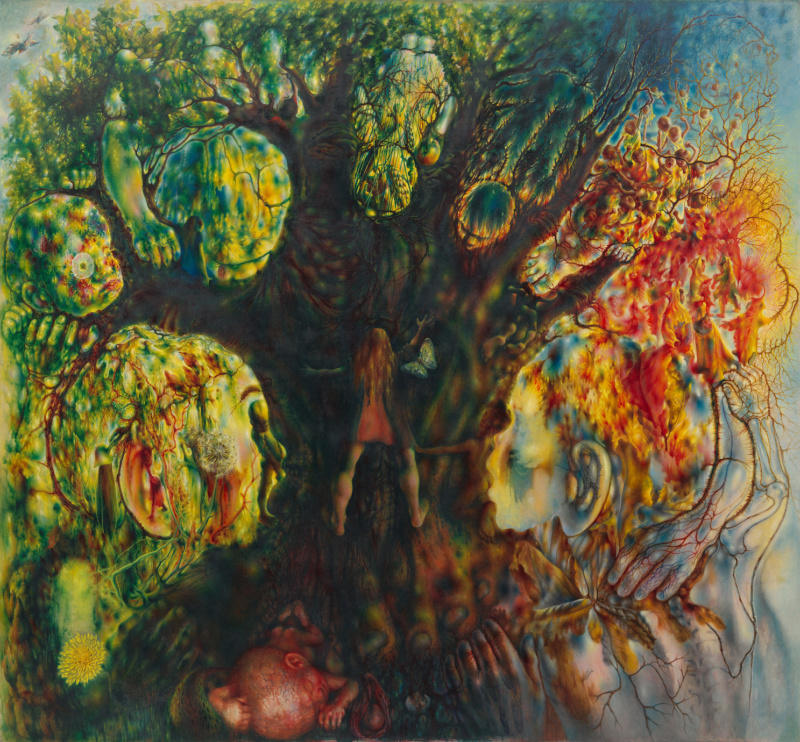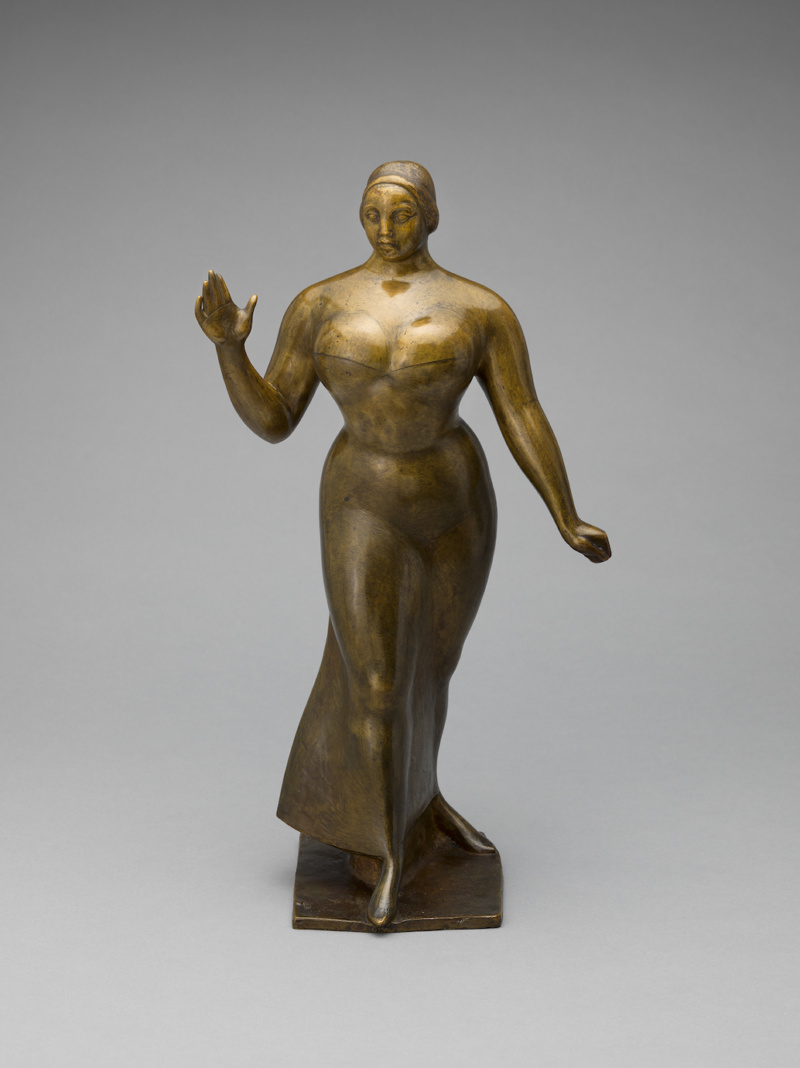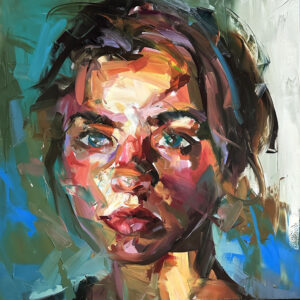
Lincoln Kirstein (1907-1996), cofounder of the New York City Ballet and the School of American Ballet, was also a writer, curator, critic, a queer icon and a major part of MoMA’s early history.
In honor of Lincoln Kirstein’s Modern, a MoMA exhibition highlighting his contributions (and featuring pieces from his private collection), Annabella Hochschild tells the tastemaker’s story—one of collaboration, strange adventures, and overdue recognition. The show, open through June 15, presents Kirstein’s work as a coherent whole for the first time, incorporating his rich biography and uniting the artistic contributions he made to many arenas throughout his life.
The once ornate mansion on Grammercy became a flophouse by the time the owner, Lincoln Kirstein, died: reception rooms carved to cleave small bedrooms that bolted from the inside. Paul Cadmus’s statues stood immiscible in the face of the rotating inhabitants of the small rooms—young men fresh to New York, often of a certain sexual proclivity. These boys entered this man’s life and home, if only for a little while.
And this, too, is something akin to Kirstein’s current image in cultural circles—a once great room, one in which anything could be imagined, now divided into smaller achievements no longer recognizable for the whole, seen through a few disparate pieces.
The Museum Of Modern Art’s retrospective celebrating Kirstein’s life and art aims to change all that by putting whatever metaphor back together and uniting, for the first time ever, Kirstein’s trailblazing work in dance, literature and the visual arts. Although perhaps a little late to the party—Kirstein, cofounder of the New York City Ballet and School of American Ballet, died over twenty years ago—the show seeks to place him in the pantheon of American impresarios alongside Walt Disney, William Shawn and John D. Rockefeller, and establish him as one of the great directors of twentieth century American art.
And, fittingly, it’s at a location Kirstein was instrumental in founding, along with his better known collaborators Alfred Barr and Jere Barrett. Kirstein split from the nascent MoMA, as he was committed to creating a museum showcasing American art—whereas his collaborators insisted that for MoMA to hark the American answer to the great European museums, they needed to show the work of established European modern artists. Which they did. The MoMA’s first exhibition, in 1929, was Cezanne, Gauguin, Seurat, van Gogh; it opened to great acclaim.
Kirstein kept looking for an art to make American, returning to the passion of his college years: Hound and Horn, a small literary magazine with a title taken from Ezra Pound’s poem “The White Stag”—Pound paid it no special heed, referring to the magazine as “Bitch and Bugle.” But, as Kirstein was distracted by the MoMA, he had relinquished editorial control to his partners and found himself an unwitting Boston Brahmin at the helm of the magazine, which had become the mouthpiece of the Southern Agrarian movement. Next project.

Kirstein realized that in order to fully Americanize an art form, he would have to start with one unknown to the American public. He found that in ballet, which, although occasionally seen on vaudeville stages, was something of a non-entity to the New Yorkers Kirstein conceived of as the eventual audience.
Kirstein did what people did in the ’30s if they had the time and money—he went to Paris (see Ernest Hemingway’s A Moveable Feast). And it was in Paris he saw the decadent world created by Sergei Diaghilev, who presented ballet far removed from the Russian story ballets with their penchant for sweet maidens and classical princes. Diaghilev showed ballet as glamorized-cabaret. It was heady; the audience sat on banquettes and drank cocktails. The music was far from classical (listen to a twelve-tone score) and the ballerinas did not wait for princes in tights to rescue them, but married the real-life version. Kirstein realized this was an art form that could capture the tenets of the America he loved: the dynamism, the history, the speed, the physicality.
Ask any devotee of the New York City Ballet and they’ll tell you that Kirstein found a young George Balanchine—who had only recently shed the Balanchivadze surname, with its connotations of rural Georgia and cold borscht—and they were collaborators from the start, united in the creation of a great American ballet. Well, no. Not so much. Balanchine was a choreographer for the Ballet Russes, making a name for himself but not a famous one yet.
Kirstein—the Kirstein who wore yellow silk pajamas—was not a man who settled for cotton cast-offs. He wanted to hire the preeminent choreographer of the day, but first Léonide Massine said no, and then Michel Fokine said no. But then, at a party, he propitiously (as propitious events are often had at parties, or so I tell myself) met the young choreographer, who not only might be convinced to move to America—he actually wanted to move to America. So, off Kirstein went to America to prep for Balanchine’s arrival.
It should be noted here that some (even many) of Kirstein’s decisions in both business and life seem rash, and not considered thoroughly. It is also here that I will tell you that Kirstein had Bipolar Disorder and was, at different times, laid low by it, or swept high. And it is also here that I will tell you it’s hard to parse out what, exactly, is the result of psychopathology and what is the result of multitudinous other factors. It’s a question that seems impossible to speculate on, even given the grace of hindsight.

Kirstein, big ideas and all, was back in New York. A studio was had, some dancers had been scooped up from Broadway, and Kirstein’s secretary from a literary magazine was now a secretary for a ballet company. But, as of yet: no choreographer. Kirstein sent telegrams—and finally, when despair had set in, a young Balanchine, who would only wear bolo ties for the rest of his life, arrived in America.
Now, this is the point where the young Balanchine is supposed to have said: “A company, but first a school,” which may’ve actually sounded more like: “Hmm, we need to make some money; let’s teach some teenagers to dance and we then we can use them as our dancers once we have taught them something—and, they’ll be cheap!” But, I pontificate.
A company was formed with dancers Balanchine trained. Here was the canvas which Kirstein had been searching for: he commissioned American composers to write scores on American themes, artists to design sets based on American themes. He planned tours, showing ballet to Americans who’d never heard of ballet. Kirstein did this with particularly Kirstein-esque aplomb, although some of the commissioned works may be better consigned to history: Billy the Kid, the Ballet, a ballet in which the star was a heroic filling-station attendant (remember, this was the automobile age); and, written by e.e. Cummings, Uncle Tom’s Cabin…the ballet.
Yet, these American-as-apple-pie ballets were a small minority of the works Kirstein and Balanchine created together, and create they did. Balanchine worked closely with Igor Stravinsky in making ballets that wove syncopated movement at all angles, danced by athletic Americans with sets by turns ornate and sparse. Kirstein and Balanchine created continuously and made art that stunned the New York City elite they catered to, as well as those who watched the PBS broadcast of The Nutcracker in their dens and living rooms in 1954.

Kirstein and Balanchine soon found themselves fully immersed in the artistic hegemony of social-register New York, when they were invited to establish their New York City Ballet as the resident dance company at Lincoln Center in 1956. Balanchine designed the New York State Theatre (now the David H. Koch Theatre) to spotlight his ballets—the first ring was given precedence over the orchestra, so viewers could see the complex patterns his corps de ballets made on the stage, rather than the back and sides organization of traditional corps de ballets.
What MoMA is to visual arts, the New York State Theatre is to American ballet, and here Kirstein displayed an all-American art form. Kirstein continued to be a presence at the New York State Theatre and both the school and company of the New York City Ballet. As he grew older, and especially after Balanchine’s death, his attention was mainly directed toward the School of American Ballet. As Kirstein had wanted to develop a fully American art form in his youth, he aged into working to develop American dancers, establishing programs to train local and minority dancers and launching a program in which all boys could attend the school for free.
After Balanchine’s death, Kirstein’s prominence within the company faded—Peter Martins, who succeeded Balanchine, catered to a younger and flashier audience. Kirstein himself was also getting older, no longer at the whims of his youthful passions. He passed his twilight years writing volubly, overseeing his dance company and keeping abreast of contemporary arts in New York.
Kirstein’s death brought a celebration of his life by the New York City Ballet, as Balanchine’s had 13 years earlier. But as Balanchine’s reputation of genius grew in the years after his death, Kirstein and his reputation faded away. He briefly returned to artistic consciousness with the publication of The Worlds of Lincoln Kirstein, a biography by Martin Duberman, in which he is primarily portrayed as a key figure in the gay liberation movement, though his artistic endeavors fade to background noise after those enthused over during his teenage years.
Lincoln Kirstein’s Modern is on view at The Museum of Modern Art through June 15.










 in your life?
in your life?

